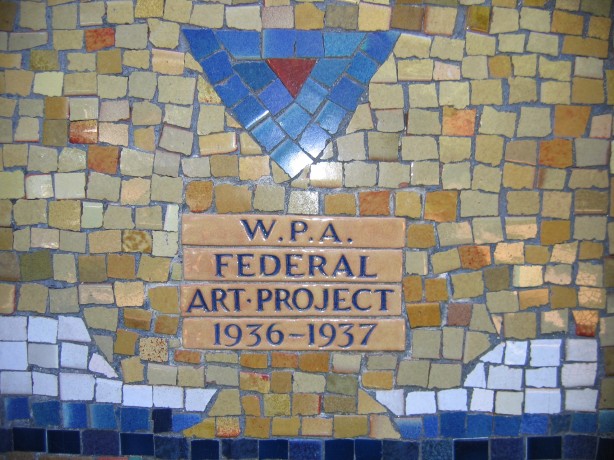Aviad Heifetz makes the case for treating beauty as a public good, and therefore for public funding of the arts.
Beauty cannot be provisioned in a decentralized market. Unlike with vaccinations, the problem has nothing to do with free riding. The point is that there is no way in which beauty can be marketed: there can be no promo to genuine surprise. We cannot form demand for an experience which will alter our outlook, because the new outlook makes no sense to us before we actually have it. Our only chance to have beauty is to commission it by a centralized, public initiative.One argument Heifetz doesn’t make is that, in the midst of the Second Great Depression, public funding of the arts would put people back to work. Just as the Works Progress Administration did during the first Great Depression. Together, the Federal Art Project, the Federal Music Project, the Federal Theatre Project, and the Federal Writers Project provided employment to thousands of struggling cultural workers and gave the nation hundreds of thousands of new cultural artifacts. Visual artists decorated post offices, schools and other public buildings with murals, canvases and sculptures; musicians were to perform with symphony orchestras and community singing concerts; new forms of theater were created in New York City, while touring companies traveled the country performing old and new plays; and published state and local guidebooks, organized archives, indexed newspapers. and collected folklore and oral history interviews.
Yes, beauty is a public good and, especially right now, we could use a lot more of it.
Tuesday, January 4, 2011
Art as a public good
Subscribe to:
Post Comments (Atom)

No comments:
Post a Comment